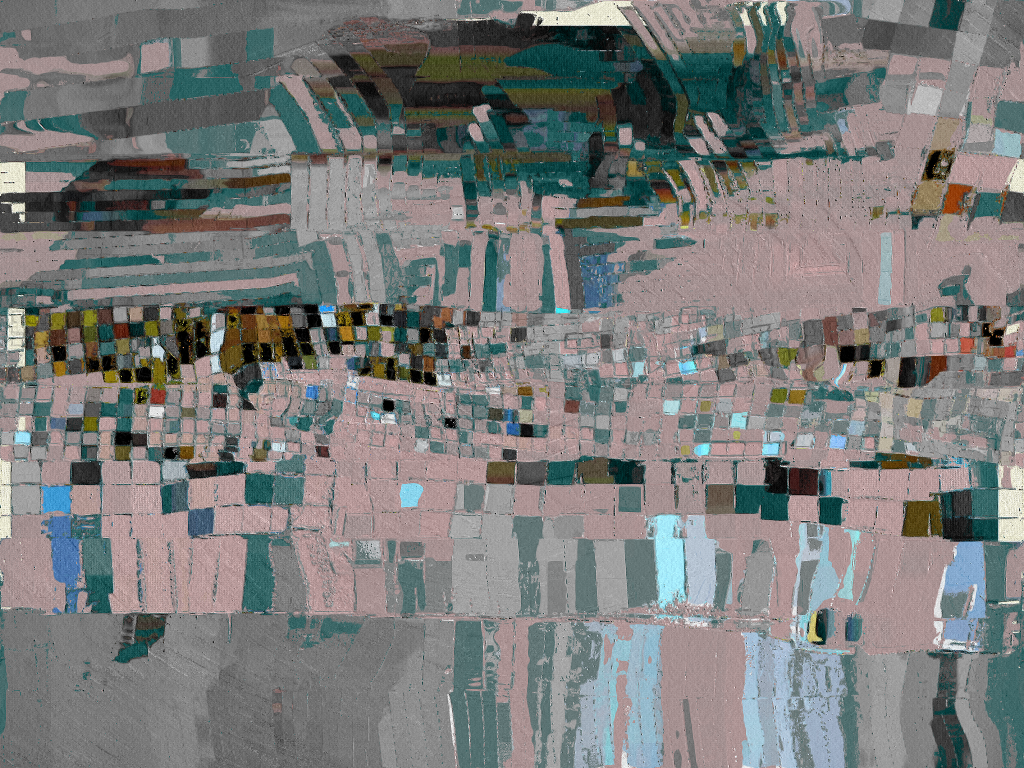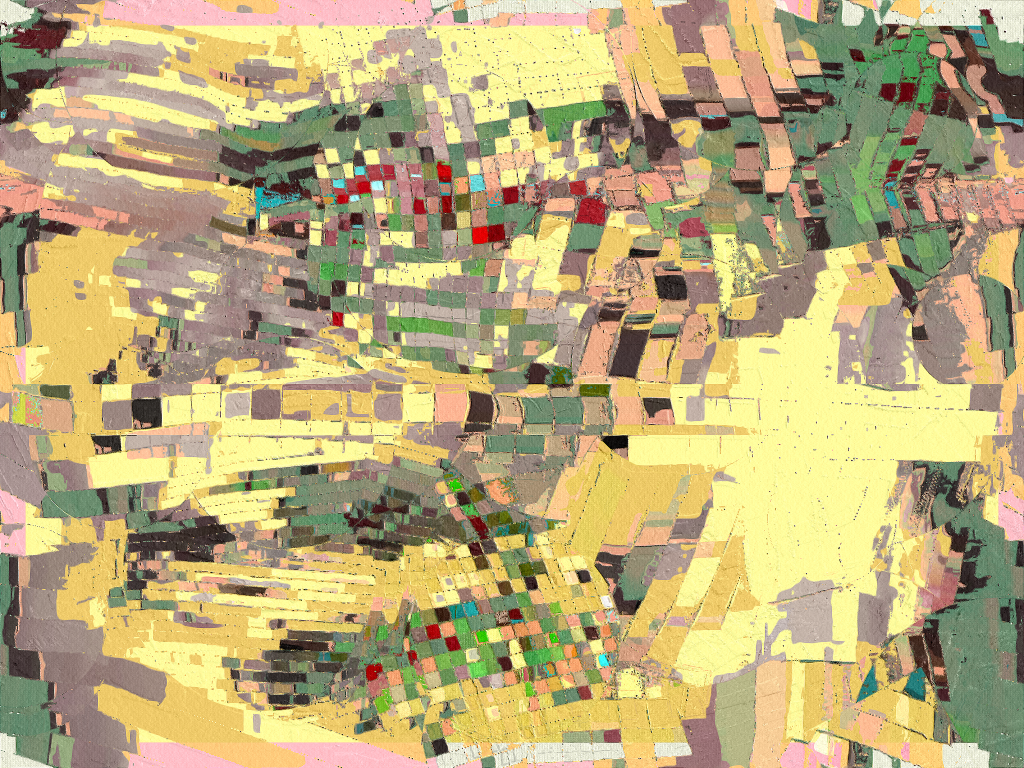By Artnet
As a digital artist attuned to color and texture, William Mapan has unsurprisingly found an affinity with Paul Klee—specifically, the German-Swiss artist’s early abstraction, In the Kairouan Style, Transposed in a Moderate Way (1914), which has served as inspiration for Mapan’s new generative series.
Titled “Distance” and due to drop September 12, the Paris-based artist’s latest collection is the fifth installment in LACMA and Cactoid Labs’s joint blockchain initiative, Remembrance of Things Future. The project invites digital creators to select art and objects in the museum’s collection to respond to and, so far, has released NFT collections by the likes of Emily Xie, 0xDEAFBEEF, Sarah Zucker, and Ix Shells.
Mapan’s choice of Klee’s sumptuous watercolor, he said, was down to its juxtaposition of form against color.
“At first I was drawn to the interplay between the composition—which is grid based and potentially very rigid—and Klee’s use of color, which is harmonious and soft,” said Mapan. “Watercolor is interesting because it is so fluid and loose. It’s able to break the grid. I wanted to explore that.”

Paul Klee, In the Kairouan Style, Transposed in a Moderate Way (1914). Courtesy of LACMA.
Klee painted In the Kairouan Style during a trip to Tunisia, which awakened in him new perspectives in color and light. “Color possesses me,” he wrote in his diary at that time. “Color and I are one. I am a painter.” The work further captured his turn toward abstraction, offering a geometric rendering of the North African landscape.
In his new works, Mapan has responded to the “aerial views” presented by Klee’s canvas: “This series is about standing back, about seeing the bigger picture.”

William Mapan, “Distance” (2023) sample output. Photo: © William Mapan.
The 250 NFTs in “Distance” are made up of varying grids and geometric shapes, saturated with bold and complementary tones. More notably, the works bear painterly textures—created by Mapan first translating JavaScript outputs into gouache on paper before converting the organic textures back into code. The results present a meeting between analog and algorithm, with the former offering feel and the latter, rhythm.
The works, too, speak to the artist’s background in programming and interest in painting, and follow his name-making series “Dragons” (2021) and “Anticyclone” (2022). Coding, to him, represents “a way for me to translate what I can do with my own hands, and to expand that to infinity through the computer.”
Mapan is only the latest generative artist to take cues from Klee. The Modernist’s compositions have inspired homages including Frieder Nake’s Hommage à Paul Klee, 13/9/65 Nr.2 (1965) and Vera Molnár’s À la Recherche de Paul Klee (1970), both created in a pre-digital age.

William Mapan, “Distance” (2023) sample output. Photo: © William Mapan.
Mapan’s many-hued creations, however, are the first to explore Klee’s color theory, which he developed and taught at the Bauhaus starting in 1921 after his artistic breakthrough in Tunisia. In Klee’s color work, Mapan said, “Everything is harmonic, his colors are not too hard, not too desaturated, everything is nicely in place.”
For the digital artist with a self-professed “strong relationship with pigment and paint,” that mastery of color was illuminating, if not instructive.
“Being a former developer, the science of color has always made a lot of sense to me,” he added. “Color is a very strong language, without even composition. You can say things with color. It is the main component that I think about as an artist.”
Follow Artnet News on Facebook:
